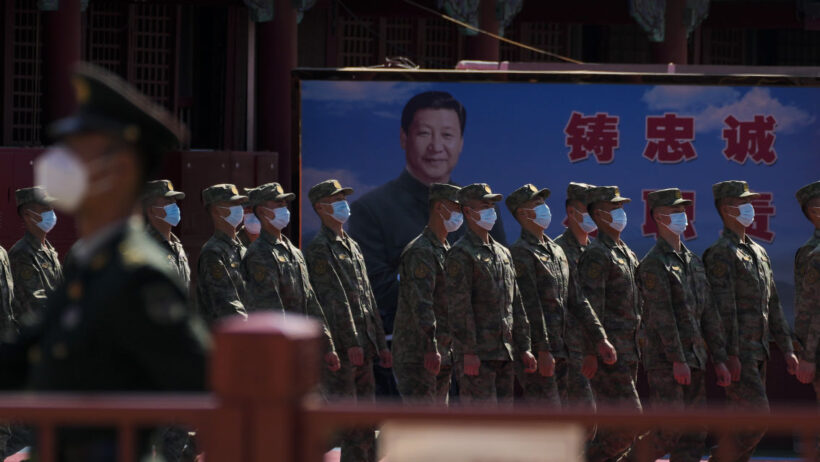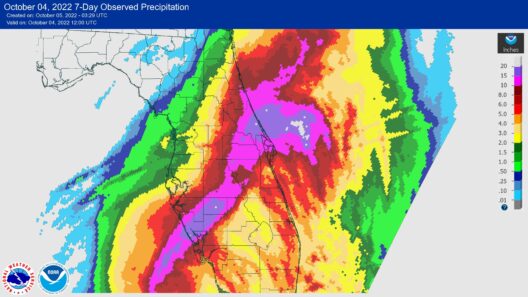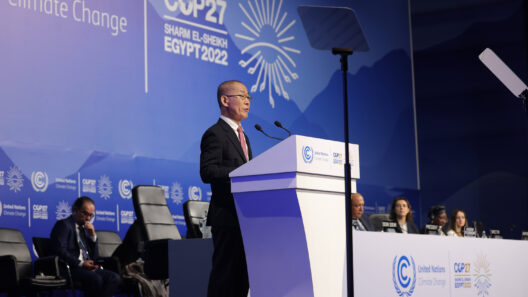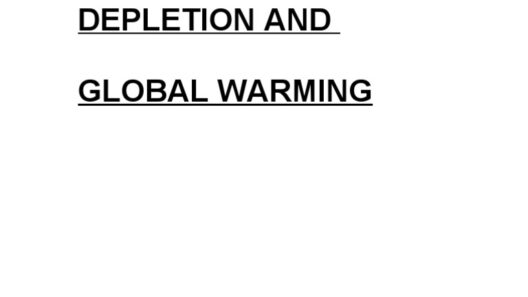As the Earth’s atmosphere undergoes inexorable change, the U.S. military finds itself in an unprecedented role—one not only defined by its strategic prowess on battlefields but increasingly by the need to adapt to the emerging realities of a warming world. This intersection of military preparedness and environmental change reflects a broader evolution in understanding national security, wherein the specter of climate change looms large over traditional military paradigms. This article delves into the intricate tapestry of how the U.S. military prepares for a warming world.
Climate change is often likened to a slow-moving tsunami, quietly gathering strength beneath the surface yet poised to unleash catastrophic effects on communities, ecosystems, and, notably, geopolitical stability. The military, an institution typically synonymous with combat and diplomacy, now grapples with the ramifications of rising sea levels, polar ice melt, and unyielding droughts. Each of these manifestations inherently threatens national security by exacerbating resource scarcity, prompting mass migrations, and igniting conflicts over dwindling supplies.
In 2021, the Pentagon released a report underscoring the urgency of addressing climate change as a national security threat. This document marked what could be seen as a paradigm shift. The military’s role began to transcend conventional defense paradigms and venture into arena where environmental stability became paramount. Military leaders now characterize climate change as a “threat multiplier,” enhancing the likelihood of conflict as nations vie for access to increasingly scarce resources.
In terms of logistics, the U.S. military’s vast infrastructure represents both a vulnerability and an opportunity. Military installations, often strategically located near coasts and rivers, are now imperiled by the encroaching forces of climate change. A rising sea level has engineers and strategists thinking proactively about reinforcing bases and fortifying operations. This dynamic requires innovative engineering solutions that adapt to futures previously unimagined. Reinforcement projects leveraging eco-friendly materials and techniques showcase striking examples of military ingenuity converging with environmental responsibility.
Moreover, frequent and ferocious weather patterns—fueled by climate change—present new operational challenges for the military. Hurricanes, droughts, and wildfires disrupt not only regional stability but also the military’s capacity to respond swiftly to crises. In this sense, the U.S. military must pivot towards a more dynamic understanding of operational readiness—preparing for scenarios where environmental extremes dictate the nature of response more than geopolitical tensions ever did. Adaptation becomes the linchpin of strategy, forging a new path forward forged in the crucible of necessity.
This complex interplay between military readiness and climate adaptation is most prevalent in training exercises. These scenarios have evolved, reflecting the urgency of climate-related challenges. In recent years, military simulations have incorporated elements such as humanitarian assistance during natural disasters, food and water scarcity, and population displacement. These training modules emphasize nuanced decision-making that transcends traditional combat scenarios. As soldiers learn to navigate intrinsically chaotic environments, they become agents not only of defense but also of sustainability, often implementing strategies that promote resilience in the communities they aim to protect.
The military’s embrace of renewable energy stands as a compelling testament to the potential of sustainable practices in defense operations. With ambitious initiatives to transition energy consumption towards solar, wind, and biofuels, the U.S. military seeks to reduce its carbon footprint while simultaneously enhancing its operational flexibility. Utilizing renewable energy improves logistical autonomy in conflict zones, helping military forces maintain power supplies without relying on carbon-intensive fuels. Thus, a dual benefit emerges: the environment receives a reprieve, while troops attain heightened operational efficacy.
Furthermore, the integrated response of the military to climate change serves as a catalyst for innovation beyond its ranks. Through partnerships with technology firms and academic institutions, the military spurs the development of cutting-edge solutions to climate-related issues. This symbiotic relationship may yield breakthroughs in energy efficiency, water purification, and smart-grid technologies. Such advancements not only benefit military operations but offer a wealth of new opportunities for civilian applications, thereby heralding a transformative era for environmental technologies.
However, the military’s pivot toward climate change also raises ethical considerations. As the institution transforms into a proactive player in climate initiatives, questions arise regarding the appropriateness of military engagement in civilian-led environmental issues. The specter of militarized responses to climate-induced humanitarian crises provokes discussion about the balance between security and altruism. Unpacking such intricate dynamics requires a nuanced lens, recognizing that the military’s involvement may be both a boon for resource management and a harbinger of potential overreach.
In navigating these multifaceted challenges, the U.S. military emerges transformed, serving as a crucible for innovative solutions that withstand the test of climate upheaval. In this reconfiguration of mission priorities, the military does not simply react; it anticipates and adapts. The battlefields of tomorrow are not only ones of weaponry but also of resilience, sustainability, and foresight. By acknowledging and addressing the influence of climate change, the U.S. military positions itself as not just a guardian of national interests, but a steward of the planet.
Through a careful synthesis of strategy, innovation, and community engagement, the U.S. military endeavors to remold its role—embracing the intricate challenges of a warming world. This dynamic journey illuminates a path where our understanding of security integrates seamlessly with stewardship of the environment, crafting a narrative of resilience that resonates far beyond the halls of the Pentagon. It champions an evolving ethos—one where military minds turn towards synergistic solutions for a sustainable future.






